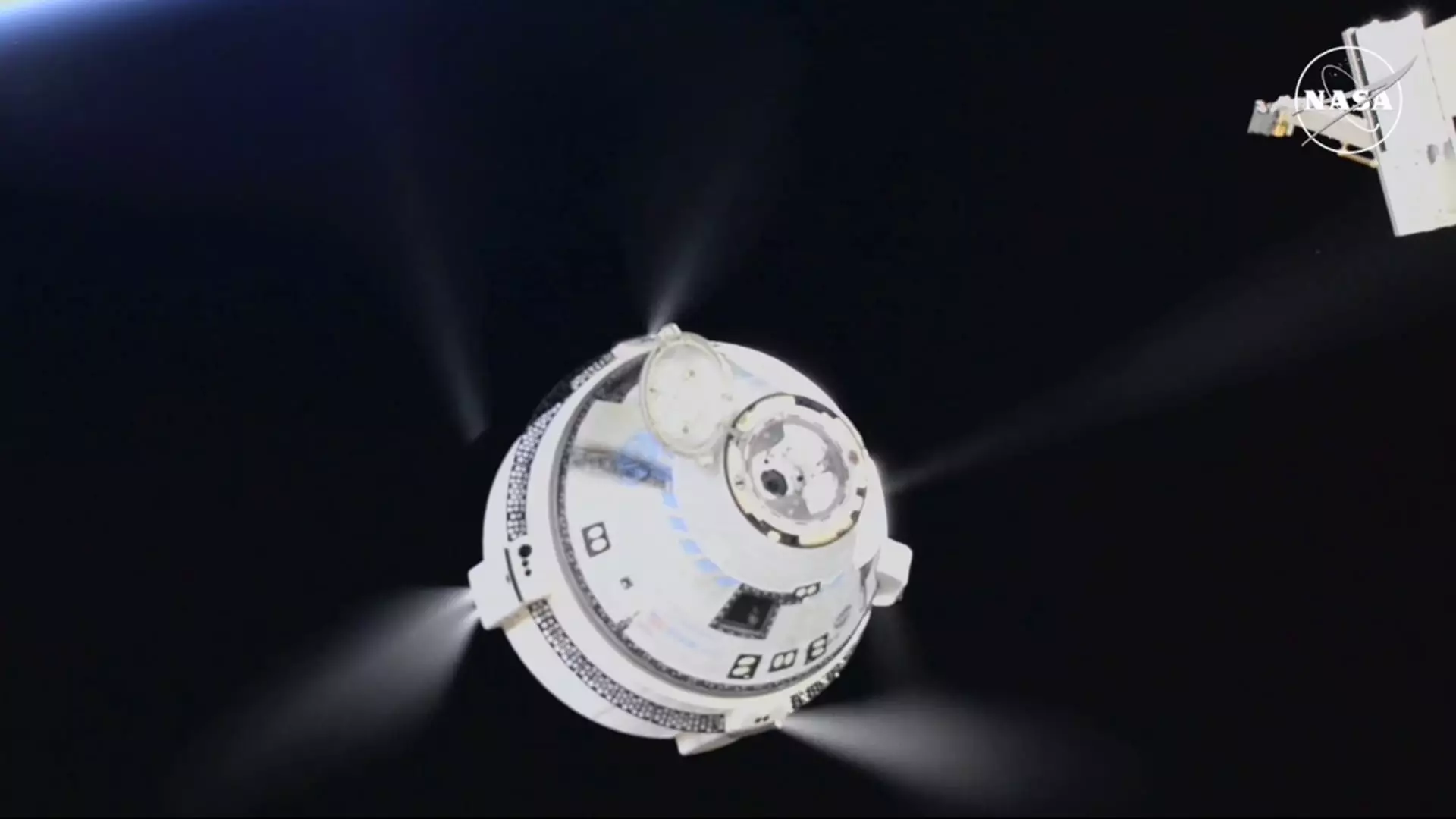Boeing’s Starliner spacecraft recently made headlines as it finally undocked from the International Space Station after being delayed for months. The departure, however, was not without its complications. The spacecraft, which had originally delivered two astronauts to orbit in early June, left the ISS without them. NASA test pilots Butch Wilmore and Suni Williams were left behind to stay at the ISS for the remainder of the year. This unexpected change in plans was a result of various issues that plagued the mission from the start.
The Starliner test flight was meant to be a short nine-day trip, but it ended up spending roughly three months at the ISS due to technical difficulties with the propulsion system. These delays were largely due to the need for more data and investigations into the spacecraft’s thrusters. Boeing officials, although confident in the safety of Starliner for the astronauts, had to postpone the return multiple times. NASA’s decision to return the capsule empty in late August was a significant blow to both Boeing and the Commercial Crew Program.
The Starliner mission was intended to be a crucial step for Boeing in securing a place in NASA’s Commercial Crew Program. The agency was aiming to have two reliable options for missions to the ISS, with Boeing and SpaceX alternating flights. However, the setbacks faced by Starliner have put Boeing’s progress in jeopardy. With over $1.5 billion in losses already incurred, the future of Boeing’s involvement in the program is uncertain. The road ahead for Boeing and NASA’s partnership in commercial space travel appears challenging.
The troubles encountered by Boeing’s Starliner mission serve as a valuable lesson for the future of commercial space travel. It highlights the complexities and risks involved in sending astronauts to space and the critical need for thorough testing and preparation. Moving forward, both Boeing and NASA will need to address the root causes of the issues faced by Starliner and ensure that future missions are executed with precision and safety in mind. The setbacks faced by Boeing may slow down progress, but they also offer an opportunity for growth and improvement in the pursuit of human space exploration.
Boeing’s Starliner mission represents a setback for commercial space travel, but it also underscores the resilience and adaptability required in the aerospace industry. As we look towards the future of space exploration, lessons from missions like Starliner will be crucial in shaping the success and safety of endeavors beyond Earth’s atmosphere.


Leave a Reply